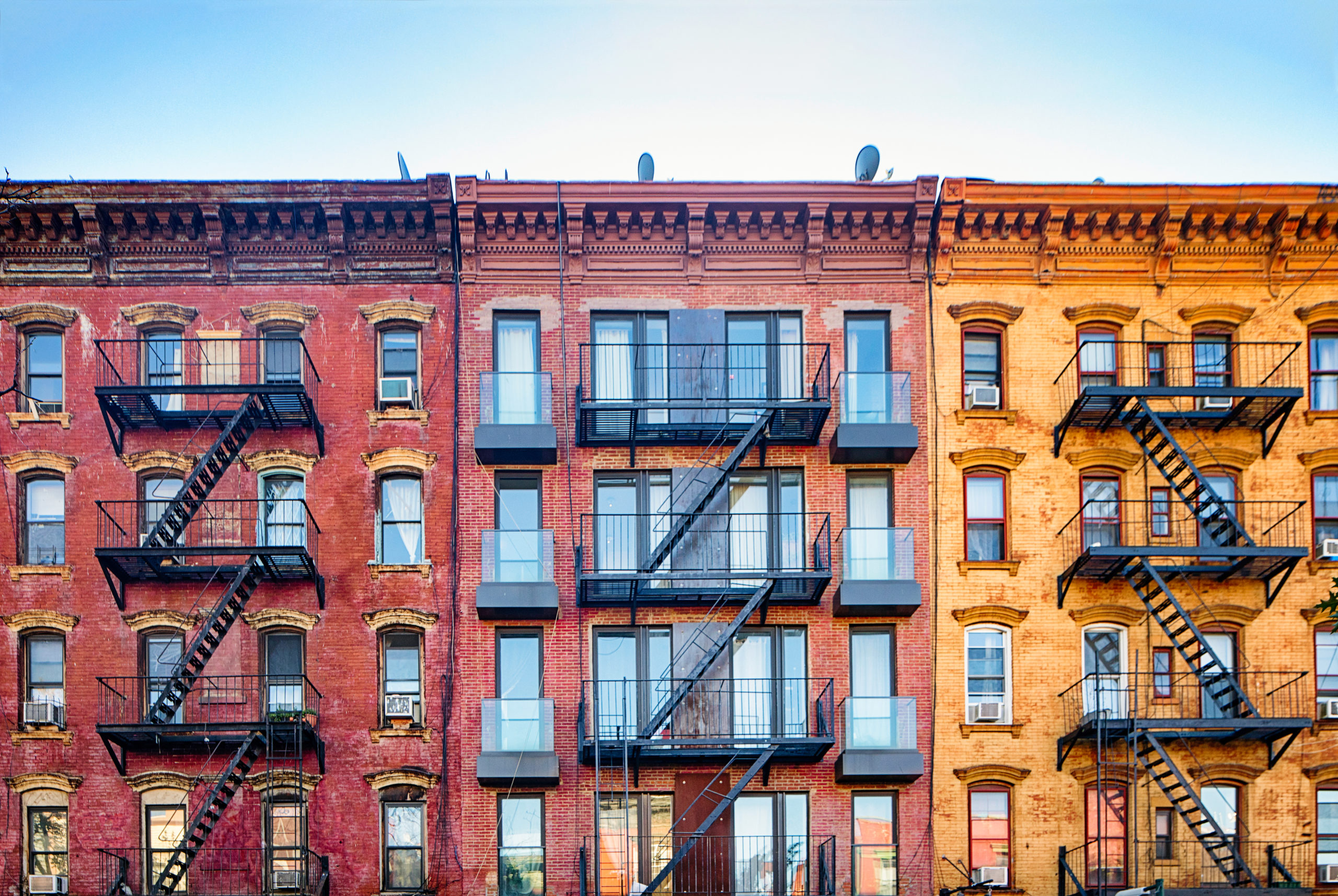This post is authored by Va Lecia Adams Kellum, Ph.D., President and CEO of St. Joseph Center in Los Angeles.
On any given night in America, there are over 500,000 people who are homeless. Many suffer from chronic health conditions and have limited access to health care. This is an untenable situation, one that is not only a moral issue, but also a public health crisis. Allowing so many people to remain unsheltered has always been a time bomb waiting to go off. And with the COVID-19 crisis, in a matter of weeks, it has.
We still have yet to see the full fallout. But this quickly evolving pandemic has clearly shown the vulnerabilities in our public and private health care system, and especially how it affects people experiencing homelessness, particularly Black people.
We cannot talk about this crisis without addressing race. As more states begin to report demographics, we know that Black people are disproportionately impacted by COVID-19 (at least in the states reported). While we do not know the housing status of the people in these reports, we are certainly aware of the racial disparities that exist in the homelessness system. In Los Angeles, for example, with 60,000 people experiencing homelessness, roughly 40% of them are Black while only making up 9% of the population. Akin to national rates, Black people in L.A. suffer disproportionately from underlying medical conditions that put them at a higher risk for contracting COVID-19, such as diabetes, asthma, heart disease, and high blood pressure. When you compound the medical vulnerabilities that disproportionately affect Black people with their overrepresentation in the homeless population, you have a situation that is not only alarming, but catastrophic.
Given this, it comes as no surprise that Black and Brown people are bearing the brunt of this pandemic.
Last year, I sat on the Los Angeles Homeless Services Authority’s (LAHSA) Ad Hoc Committee on Black People Experiencing Homelessness. The goal was to drill down on how race plays into homelessness and to make recommendations on how to eliminate disparities.
Some of those recommendations are being implemented now as we combat the pandemic. At St. Joseph Center, where I am President and CEO, we include Black people with lived experience in all our outreach teams and service delivery. This helps shape our message when we are out on the streets meeting the needs of vulnerable people. We train our service providers in trauma-informed care: They start their work with an understanding of how institutional racism affects homelessness. They recognize the trauma of Black people’s experiences, including trauma associated with the health care system (e.g., the Tuskegee experiment) and recognize that the COVID-19 emergency is only exacerbating the situation. They meet Black people who are experiencing homelessness with empathy and understanding. They work to see this crisis through a lens of racial equity.
Right now, the COVID-19 crisis is forcing our hand. Will we let racial disparities again harm Black and Brown people disproportionately? Will we start to track racial data so that communities of color are not overlooked? And will we make testing widespread, and especially for those experiencing homelessness? The answer lies in our commitment to using a racial equity lens when dealing with this public health emergency.
In Los Angeles, and across the country, we are seeing creative partnerships between public, private, and social service agencies forming to bring immediate relief. This is promising – but systemic change needs to utilize a racial lens if it is to be truly effective.
My deepest hope is that after the COVID-19 crisis has waned, we step up our efforts to address homelessness through a racial equity lens. We must use this experience to dismantle racist structures and systems and put in place the investments and attention that communities of color need to thrive.

